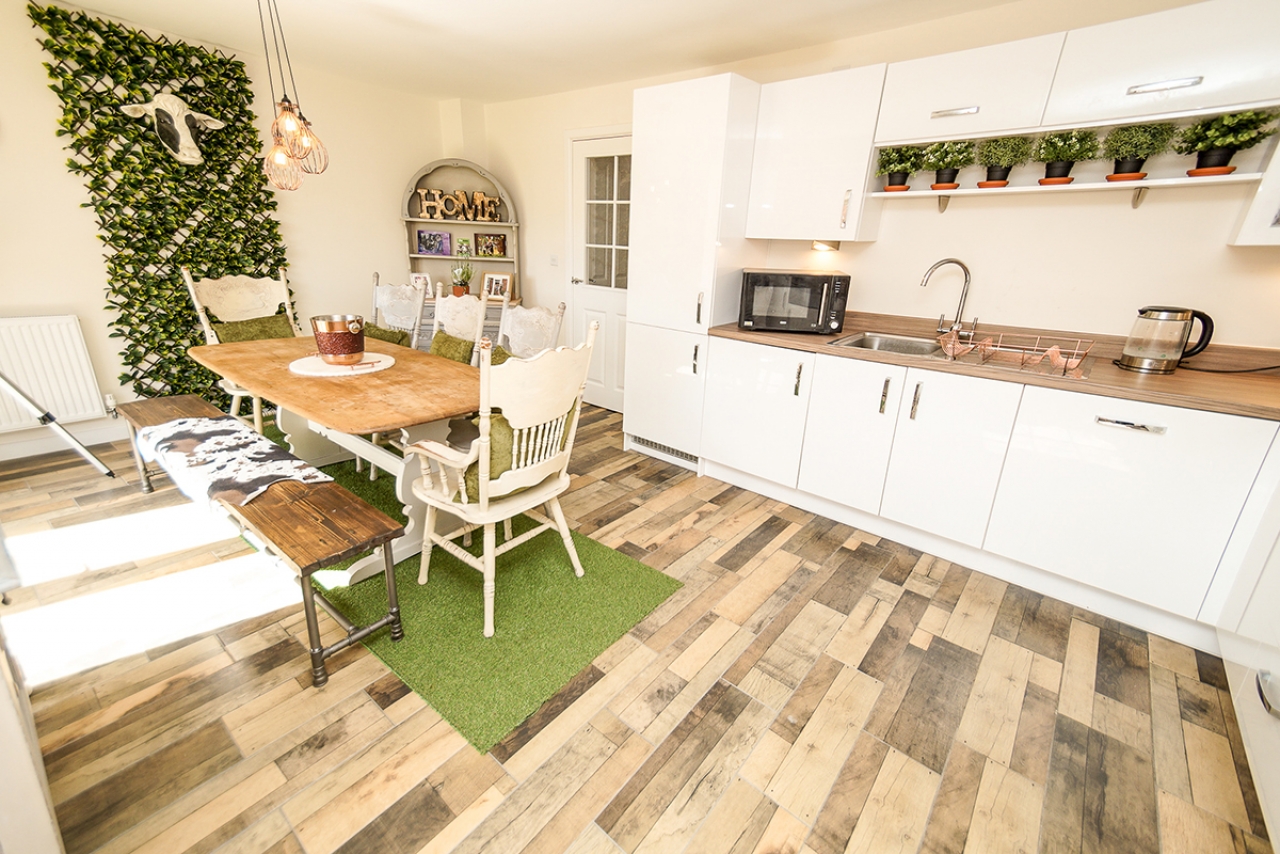The Value Of House Plants

It’s widely accepted that fashion trends come back around every 30 to 40 years. This isn’t just relevant to skinny ties and cowboy boots, but interior design trends follow a very similar pattern. Just like trends of the ‘70s, more homeowners are bringing plants back indoors to liven up their living spaces.
If you’ve visited your supermarket’s homeware department recently, you might have noticed the miniature ferns, cacti, and hanging baskets that are beginning to take up more and more room on the shelves. However, interior design experts predict we’re not heading for a total relapse into the fashions of the ’70s, so don’t brush off your flares just yet!
Modern Houseplants
Most designers and developers using house plants are using them in a much more contemporary way than in the previous century. For example, rather than the overflowing hanging baskets of yesteryear, you’re far more likely to see some potted bamboo in a sleek white pot, or a lonely fern placed on the coffee table. Dated décor such as overbearing plants and brightly-coloured bathrooms are one of the biggest turn-offs for potential buyers, so always be sure to be tasteful with any indoor plants you use.
A fairly recent innovation in the world of houseplants is the living wall - covering an entire wall in plants to add colour and interest to a property. Most popular in compact city properties featuring light wells that get plenty of natural light – space is a virtue in these kinds of properties, so a living wall is a perfect solution.
Synthetic Plants
For those properties without the benefit of natural light, using synthetic plants to fill up wall space is also an option – and it’s also much lower maintenance. However, be prepared to fork out a decent amount for fake plants of a decent standard.
One thing that synthetic plants don’t give you, is the health and air-purifying benefits of using real plants. Real plants not only release more oxygen into your air, but they also filter out harmful chemicals such as Methanal, Benzene, and Triclene.
The most important questions to ask when buying a plant for your home are “Where is this plant going to go in my home?” and “Where is this plant most likely to thrive?”. If you buy a fig tree, don’t expect it to get on very well in a dark corner. Likewise, if you buy something such as an asparagus fern, it probably doesn’t need to be right in direct sunlight either, as you might risk burning up its leaves.
Either way, well-maintained, contemporary house plants are a great, easy way to not only make your home look great, but it creates a much more welcoming environment for potential buyers. Get in touch with the team at your local AP Morgan branch to sell your home with us and get even more great tips to sell your home.
